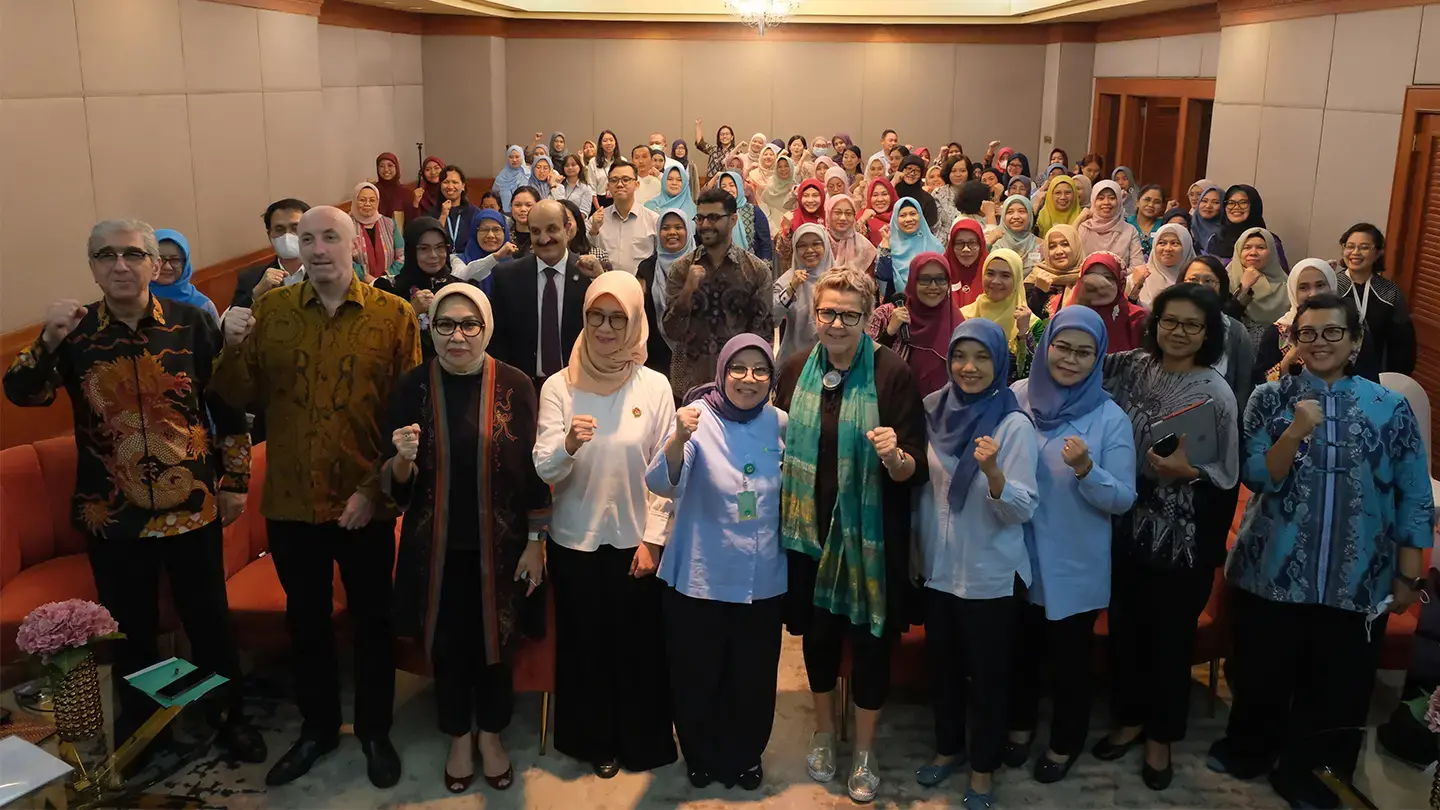
At the UNFPA Indonesia-sponsored Expert Group Meeting on Population Dynamics and the Post-2015 Development Agenda in Bali, March 2013, two noted international experts, UN Secretary-General’s Special Adviser on Millennium Development Goals (MDGs) Prof. Jeffrey D. Sachs and Vice President of the Population Council Dr John Bongaarts highlighted the need for balanced population growth through voluntary family planning to ensure sustainable social and economic development and the protection of the enviroment.
The challenge to provide food, fuel and water for the Earth’s seven billion inhabitants calls for a change in mindset and behaviour among both developed and developing countries, Sachs said. He gave priority to the need to maintain a holistic development perspective with a balanced approach promoting voluntary fertility declines as a pathway to future success.
UN projections show that the population of the world’s poorest countries is expected to double between 2010 and 2050. This expansion will likely have substantial adverse health, socioeconomic, environmental and political consequences. Increasing investment to stabilize population growth is essential if developing countries are to realize basic human rights.

Achieving balanced population growth in developing countries will require focus in the key areas of: voluntary family planning (FP), reproductive health (RH), women’s empowerment and gender equality. This is in alignment with the Programme of Action of the 1994 International Conference on Population and Development (ICPD).
Vice President of the Population Council Dr John Bongaarts explained that moderating population growth requires a strengthening of FP programmes to address unwanted fertility. An investment in human capital, especially in the areas of health (including RH and FP), education (especially to keep girls in school) and employment is also important. Investing in adolescents, Bongaarts explained, ensures more productive labor force and delayed childbearing which also reduces population momentum.
Tags: population, reproductive health, family planning


